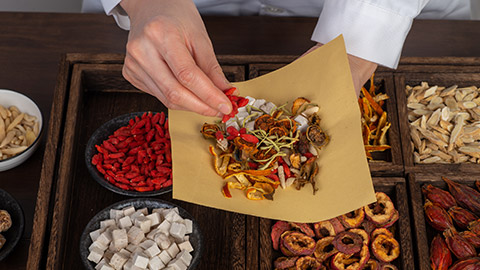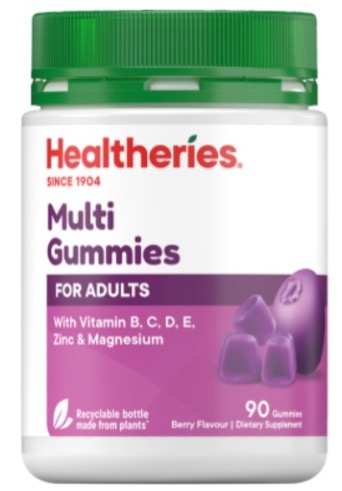Nau mai hoki mai, welcome back. In this week of Professional Practice, we focus on numeracy. Throughout this course, you have been developing your skills in performing calculations as appropriate to dispensing. As a pharmacy technician, you are expected to be confident and skilled in calculations.
Take a moment now to reflect on the numeracy skills you have learned over the last 24 weeks and your numeracy-related workplace experiences, and complete the following activities.
Activity
- Consider the following reflective questions and respond to them in your notes.
- What types of calculations have we explored in this course, for example, converting between metric measurements and calculating percentages?
- How confident do I feel carrying out calculations for dispensing in the workplace?
- What calculations am I confident with?
- Has my accuracy and confidence in calculations improved over time?
- Are there some calculations or areas of numeracy that I struggle with?
- How can I continue to strengthen and develop my numeracy skills?
Challenge Activity
One way to identify where your strengths and weaknesses is by challenging yourself, so, you guessed it!
It’s time for a Challenge Activity! In this week’s Challenge Activity, you will flex your calculation muscles to complete a calculation quiz. Use this opportunity to identify areas that you need to work on and to celebrate what you are now capable of!
Instructions
Download and save the Challenge Activity worksheet: Professional Practice: Challenge Activity 1: Questions.
Give yourself enough time to work through the questions – don’t refer to the answer sheet straight away, as you may surprise yourself with what you know. If you find yourself stuck, take a break to go for a walk, chat with a friend or have a cup of tea – you may find that this refreshes your brain.
Once you’ve given it your best shot, click on the (+) symbol to check your calculations against the answer sheet below.
Self-directed learning activity
As this stage of the course is about reflecting on your learning so far, your SDL this week will focus on what actions you can take to improve.
- Identify the calculations that you are not as accurate in answering or as confident with.
- Come up with a plan of how you will go about improving your calculation skills. Perhaps you may need to go back a few steps and check that you have a solid understanding of some of the basic mathematical operations. Maybe you need to try a new method, or you might need more practice to help you feel more confident. Perhaps you need to slow down to work out what type of calculation is needed for the situation - have you missed a step or not understood the question fully?
- Once you have identified your areas to work on and worked out a plan for improvement, the only thing left to do is….put that plan into action!
Goal-setting template
You can create your goal and plan of action using the Documentation Tool below.
Autaia koe, you’re a champ for investing the time to reflect on your learning and make steps for improvement. Take a break; that’s this week's session of Professional Practice complete.

Welcome to this session of Dispensing. How did you go with last session's Dispensing Challenge Activity 1? Hopefully, you could assess your level of dispensing knowledge and fill in any missing gaps.
In this session, we have a second and final challenge activity to help you consolidate your learning before moving on to Level 5.
Dispensing Challenge Activity 2
Instructions
- Download the challenge document and save it to your device: Dispensing Challenge Activity 2.
- There are 24 questions. Take your time to answer them all.
- Seek out the information you need and if you get stuck, reach out to your online tutor or supervisor.
Karawhiua – give it all you’ve got!
Self-directed learning activity
Now that you've finished your two dispensing challenge activities, you should have a good understanding of your dispensing knowledge.
Your self-directed learning task this week is to address any knowledge gaps. Take on the role of your own teacher and use your resources to access accurate and up-to-date information. Remember, your pharmacy colleagues are valuable resources as well, so don't hesitate to ask them specific questions or observe them in the workplace to gain valuable dispensing-related insights and learning opportunities.
You’ve completed another session of Introduction to Dispensing. Ka pai tō mahi, great work.

Noa’ia, greetings and welcome to this week's learning. In this session, we continue to explore Complementary and Alternative Medicines (CAM), and you will spend time investigating, examining and conducting your own research.
Complementary and Alternative Medicines
In last week’s SDL activity, you read the Healthify webpage on CAM. One section discussed the question, “Does CAM work?” What were your thoughts on this? Do you think that all CAM practices work on the placebo effect?
Watch: We shouldn’t use labels like “Alternative” and “Conventional” Medicine (6:41 minutes)
To dive a bit deeper into this issue, watch this video from Heathcare Triage.
What did you think of the points brought up in this video? Over time, practices that were previously thought of as non-conventional have become accepted and integrated into the conventional healthcare system. CAM and traditional medicine treatments of acupuncture, Rongoā Māori, chiropractic and osteopathy are funded by the Accident Compensation Corporation (ACC), reflecting their acceptance as part of the conventional health care system.
Traditional medicine

Traditional medicine (TM) refers to the healthcare practices, beliefs, knowledge, and healing methods that have been developed and passed down over generations within specific cultural or ethnic groups. Sometimes, traditional medicine is referred to as part of or a subset of CAM because it encompasses non-conventional practices and approaches that are distinct from mainstream Western medical practices.
Rongoā Māori
Rongoā Māori is the Māori traditional and holistic approach to health and well-being. It includes herbal remedies, physical therapies and spiritual healing practices. We touched on this practice in Week 19 and explored how understanding and supporting Rongoā Māori is a way that pharmacy staff can adhere to the principles of Te Tiriti o Waitangi.
Watch: The resurgence of Rongoā Māori healing (3:47 minutes)
Watch the following news clip to learn more about Rongoā Māori and its use today and then reflect on the following question.
Post-watch question:
Have you encountered Rongoā Māori or any other holistic practices, approaches or remedies in your work placement?
Dietary supplements
Most pharmacies stock a variety of OTC vitamins, minerals and other dietary supplements. These supplements are commonly used to complement or support overall health and well-being and fall under the category of "complementary" when used in conjunction with conventional medical treatments. Dietary supplements can come in various dose forms, such as tablets, chewable tablets, capsules, powders and liquids. Each dose may contain a single vitamin, mineral, herb or other ingredient or a combination, such as a multivitamin tablet.
Supplement use
Let’s look at different supplements and their uses. You will need to be an independent learner for this section and conduct your own research to complete the activities.
Understanding supplements
Other Supplements
Prebiotics and Probiotics
In this next document tool activity, we look at another type of supplement - prebiotics and probiotics.
Activity
Vitamins and minerals
|
 |
Ka pai temahi, great work. You have broadened your knowledge and understanding of CAM and dietary supplements. Before you wrap up this week, make sure to complete the final activity below. This will allow you to check your understanding of the content and celebrate your new learning.
Self-directed learning activity
- Reflect on the documentation tool activities that you’ve completed in this session.
- Share the following in your next class.
- One question that you found challenging to answer AND/ OR
- One piece of research that was new information to you. Make sure to cite the source.
